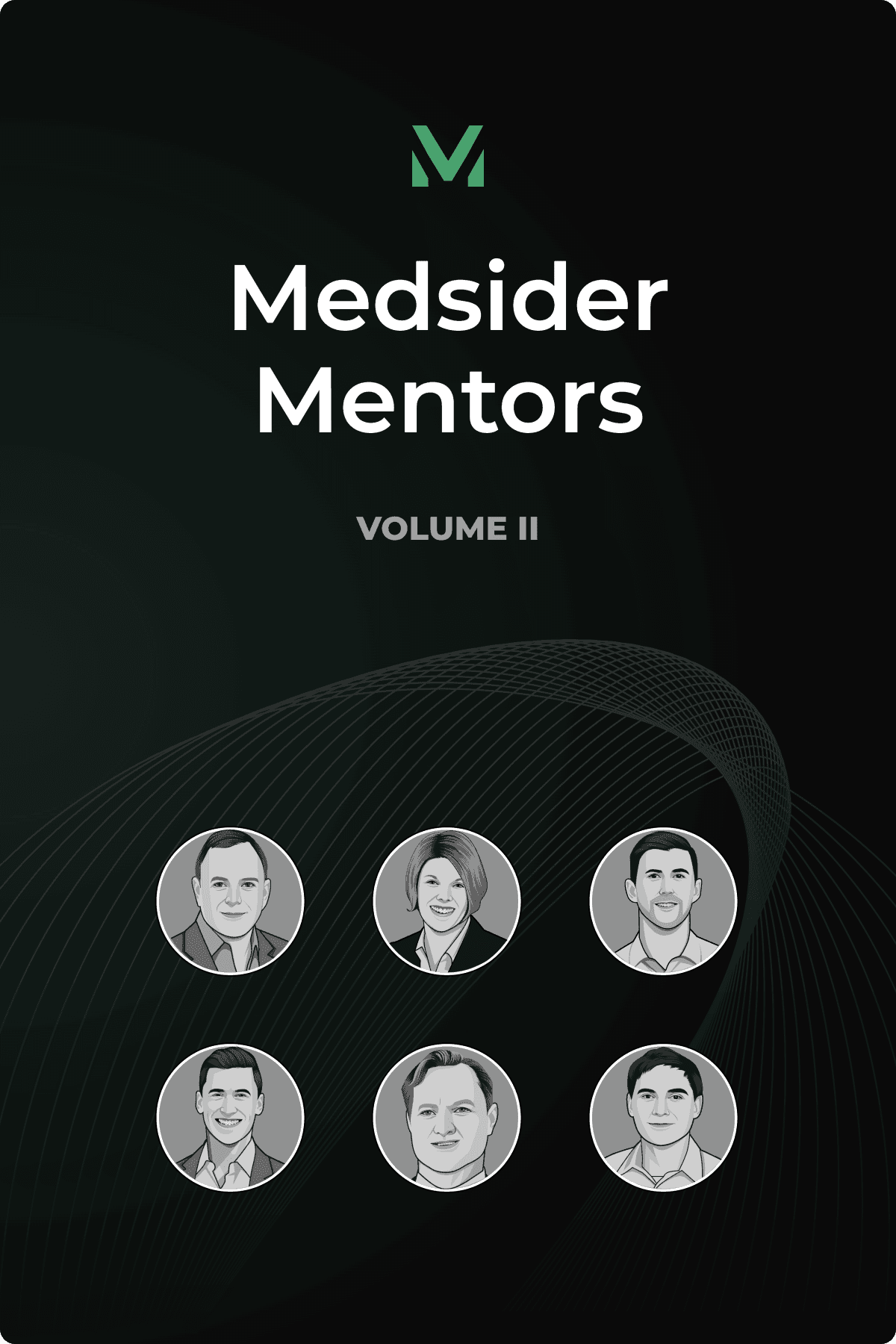How to Outpace Your Competition
Interview with Contraline CEO Kevin Eisenfrats

Key Learnings From Kevin’s Experience
While academic rigor is beneficial, entrepreneurship demands a product-focused mindset. Prioritize moving fast rather than scrutinizing every detail. Be cognizant of what slows you down and emphasize the initiatives that matter most, especially when raising early capital.
For initial fundraising, consider pursuing smaller grants with fewer strings attached in parallel to venture capital. While non-dilutive funding is alluring, intensive grant processes like SBIRs are often time-consuming and administratively burdensome. Even if you’re successful, there’s an opportunity cost to consider.
Direct engagement with end-users is critical for gaining market insights, improving customer understanding, and educating other key stakeholders. Even more importantly, you can use this engagement to identify individuals interested in your product and guide them towards participating in your trials.
Kevin Eisenfrats says he first realized there was a gap in male contraceptive options during his teenage years thanks to reality shows on MTV, like 16 and Pregnant. Unlike most who watched the show, Kevin wasn’t solely entertained—he was perplexed. The question “Why is there no male birth control pill?” became the cornerstone of his career. His essay on this exact topic got him into UVA, where he delved into reproductive biology, and developed the first FDA-cleared at-home sperm test.
“I landed on a concept which ended up being Contraline,” shares Kevin. As a first-time entrepreneur, Kevin has led the company from initial concept into a clinical-stage enterprise that has successfully raised over $25 million.
Contraline’s male contraceptive technology, ADAM, is a novel long-lasting, reversible male contraceptive. The procedure is simple: A hydrogel is injected with Contraline’s custom delivery device into the vas deferens (the sperm duct) in a minimally invasive fashion that only takes about 15 minutes, with minimal discomfort. The first human trials in Australia have shown a significant reduction in sperm counts.
The next stage for Contraline is the investigational device exemption (IDE) pivotal trial to demonstrate efficacy, along with an explant study to prove the restoration of fertility following the removal of ADAM’s hydrogel.
You May Like These Articles
Medsider Premium
Become a premium member and unlock access to exclusive Medsider benefits.



